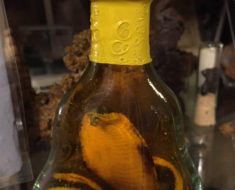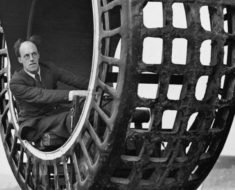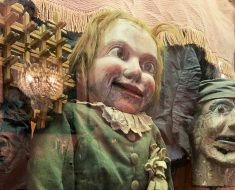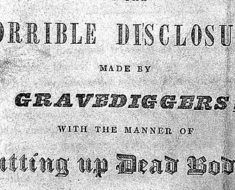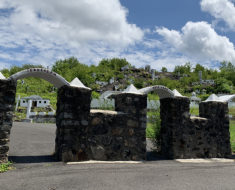On November 7, 1876, Americans cast their votes between Rutherford B. Hayes and Samuel Tilden for the 19th president of the United States. That night, while officials were focused on the election count and the country was busy awaiting the results, a gang of counterfeiters in Chicago planned to kidnap the body of Abraham Lincoln. All to help their boss, Ben Boyd, get out of jail. He had just been caught and sentenced to 10 years in prison.
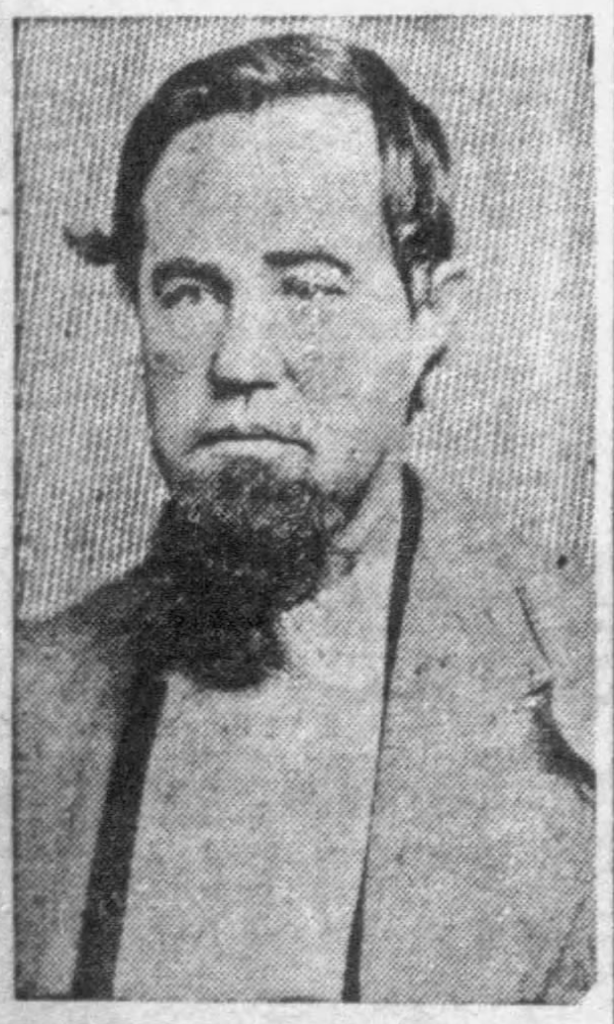
The plot was simple: snatch the body from its tomb in Springfield, Illinois, bury it in the sand dunes of northern Indiana, secretly tell Boyd the body’s location, and then ransom the president’s whereabouts to the governor in exchange for a pardon, plus $200,000 cash (equivalent to nearly $6 million today). Boyd would need some non-counterfeit money for a fresh start, after all.
To prove he knew the location, the gang arranged to acquire a foreign newspaper and tear it into unusual shapes, then leave a piece in the empty tomb and send the rest to Boyd. This way, the governor could be assured that Boyd’s information was legit.
Clever as their plan was, it didn’t work.
The scheming ghouls might have succeeded if not for secret service men acting on a tip. One of the counterfeiters had tried to impress a woman at a local saloon by saying he’d soon be one of the beneficiaries of a $200,000 ransom fund. Having had a few too many drinks, he kept talking and shared the full plan. The woman reported it to the police chief. As the news was escalated to the secret service, Lincoln’s eldest son, Robert, was made aware of the plot. Rather than prevent the attempt from happening, he wanted the gang to proceed and get caught red-handed—just before their hands would actually touch his deceased father. So proceed they did.
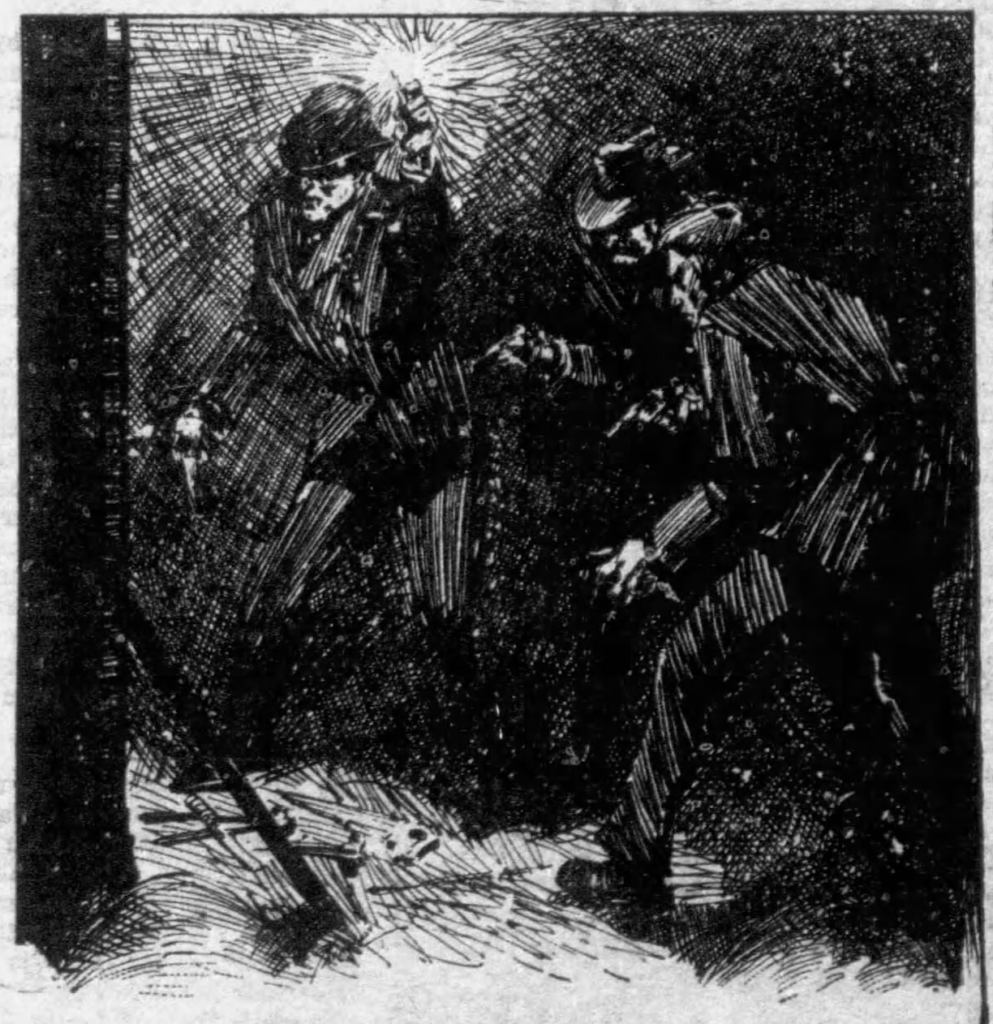
The gang managed to remove Lincoln’s casket from its stone covering. Unbeknownst to them, secret service agents had been waiting quietly for two hours. But just as they were about to steal the body, one of the secret service men had his gun accidentally discharge. This created confusion amongst the others, along with a ruckus within the tomb.
“I called on whomsoever was within to surrender,” wrote Captain Patrick D. Tyrrell, recounting the event in 1905. “There was no response. I called again then listened. Not even the sound of breathing was audible. I then struck a match. The tools used by the ghouls lay scattered over the floor and the sarcophagus was battered to pieces in such a way as to allow the casket to be moved lengthwise toward the door. The vandals had fled.”
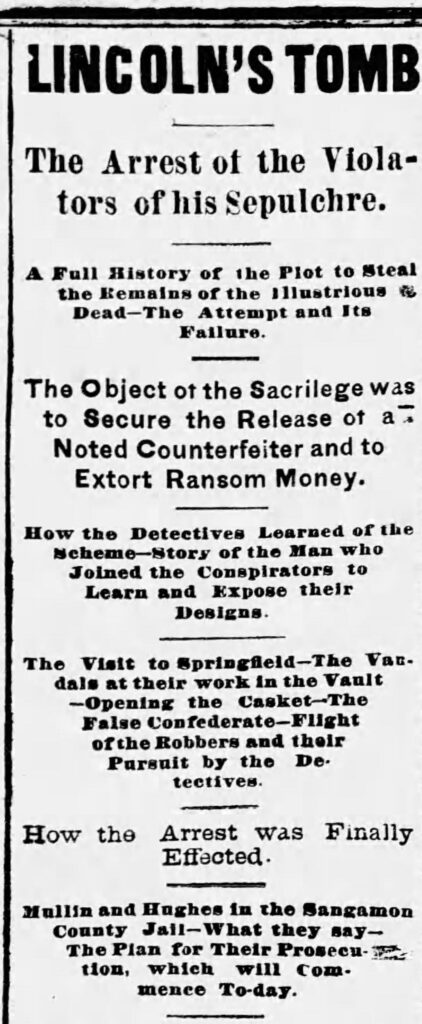
Two members of the gang were eventually caught ten days later and sentenced to a year in prison for graverobbing.
Lincoln’s body was hidden elsewhere in the tomb by the National Lincoln Monument Association. Mary Todd Lincoln’s remains joined him following her passing in 1882. But after falling into disrepair by the 1890s, a reconstruction of Lincoln’s tomb began in 1901 at Oak Ridge Cemetery in Springfield. Robert requested his father’s remains be placed in a steel and concrete vault ten feet beneath the floor of the burial chamber. Just in case other criminals wanted to try their own grave-robbing shenanigans.

